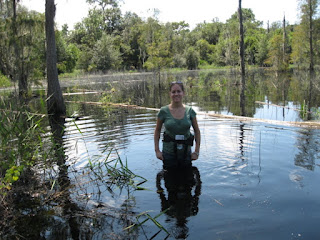Citizen Science and The North American Bird Banding Program
By Mic McCarty, Field Trip Coordinator
During a Tampa Audubon field trip at Fort De Soto in April, we encountered a Wilson’s Plover with five bands on its legs. We photographed the bird and reported the find, with photos, to the U.S. Geological Survey www.reportband.gov.
We found out that our plover had been banded just last November in Tierra Verde area.
The service sent Mic McCarty, Tampa Audubon field trip coordinator, a certificate with the details. Bird banding has revealed information about migrations, longevity, breeding and much more. An example of the science gleamed can be found in this article, Highlights from 2020: Bird Bandings and Encounters | U.S. Geological Survey (usgs.gov).
Please Report Bands at www.reportband.gov
Bird banding is important for studying the movement, survival and behavior of birds. About 60 million birds representing hundreds of species have been banded in North America since 1904. About 4 million bands have been recovered and reported.
Data from banded birds are used in monitoring populations, setting hunting regulations, restoring endangered species, studying effects of environmental contaminants, and addressing such issues as Avian Influenza, bird hazards at airports, and crop depredations. Results from banding studies support national and international bird conservation programs such as Partners in Flight, the North American Waterfowl Management Plan, and Wetlands for the Americas.
Please Report Bands at www.reportband.gov
Bird banding is important for studying the movement, survival and behavior of birds. About 60 million birds representing hundreds of species have been banded in North America since 1904. About 4 million bands have been recovered and reported.
Data from banded birds are used in monitoring populations, setting hunting regulations, restoring endangered species, studying effects of environmental contaminants, and addressing such issues as Avian Influenza, bird hazards at airports, and crop depredations. Results from banding studies support national and international bird conservation programs such as Partners in Flight, the North American Waterfowl Management Plan, and Wetlands for the Americas.

